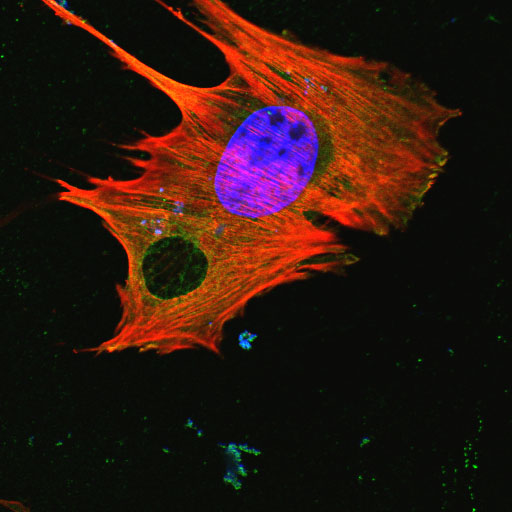Although the substantial therapeutic qualities of the Cannabis plant have been known since antiquity, they have been recently “rediscovered” and applied to many medical conditions. Presently our lab investigates the therapeutic potential of cannabinoids. Cannabinoids, the active components of Cannabis, have been shown to possess diverse biological activities, including anti-metastatic and pro-apoptotic effects on a wide spectrum of tumor cells and tissues. On-top of other research being conducted in the lab, we mainly focus on the antitumor effects of cannabinoids on cancer, epilepsy, and glucose metabolism (diabetes). These studies rely on our abilities to quickly, accurately, and quantitatively characterize all Cannabis components which is also a principal focus in our lab – to create and refine methods to do so.
Our lab main research topics:
- Cannabinoids purification and identification
- Profiling the antitumor effects of cannabis in cancer
- Evaluate the anticonvulsant properties of phytocannabinoids in epilepsy
- Caracterizing the cannabis effect on glucose metabolism (diabetes)
- Create a medical cannabis patients database
Cannabinoids purification and identification
Cannabis strains vary significantly in their cannabinoid concentrations. Therefore, analyzing the chemical content of Cannabis plants is of major importance considering that the concentrations of various cannabinoids and their interplay determine medicinal effects and adverse side effects.
Chemical composition analyses of Cannabis plants currently focus on several major cannabinoid species, including delta-9-tetrahydrocannabinol (THC) and cannabidiol (CBD), and in some recent studies also cannabichromene (CBC), cannabinol (CBN), and cannabigerol (CBG), while other compounds … Read more
Profiling the antitumor effects of cannabis in cancer
Cannabinoid compounds and its analogs are known to have palliative effects in oncology, including: inhibition of nausea and emesis associated with chemotherapy, appetite stimulation, pain relief, mood elevation and relief from insomnia in cancer patients. In the last decade, accumulating evidence indicates that cannabinoids might also have antitumor effects as several studies demonstrated the use of cannabinoids in being able to regress different cancer types, such as glioma, breast cancer and skin carcinoma … Read more
Evaluate the anticonvulsant properties of phytocannabinoids
Epilepsy is the most common and serious brain disorder worldwide which afflicts people of any age, ethnic, social, and geographic category. Epilepsy’s co-morbidities include cognitive decline, depressive disorders and schizophrenia (Hermann et al., 2000, Kanner et al., 2012), all which are worsened by poorly controlled seizures (Perucca et al., 2000). There are many treatments available however all have notable side effects (Ortinski and Meador, 2004, Schachter, 2007) and 25% of the cases remain pharmaco-resistant, resulting in poorly controlled seizures (Hitiris et al., 2007). Cannabis sativa has a long history of use for the control of human seizures (Mechoulam, 1986). In two hospitals in Israel, children who … Read more
Create a medical cannabis patients database
As of 2016, over 25,000 people in Israel are currently using physician-prescribed medical Cannabis. Although these patients are under medical supervision, physicians usually do not follow up on the medicinal benefits or side effects of the Cannabis treatment. Patients who are prescribed Cannabis are typically directed to a Cannabis grower or distributer and it is the grower who essentially decides which strain of Cannabis to provide and the route of administration. Unfortunately, the latter information often remains with the Cannabis provider … Read more
Cytoskeleton

Cannabinoids, the active components of Cannabis sativa, have been shown to possess diverse biological activities, including anti-metastatic and pro-apoptotic effects on a wide spectrum of tumor cells and tissues. Moreover, cannabinoids have been shown to inhibit cancer cell migration ability through a mechanism which involves the Ras homolog gene family (RhoA), RhoGTPase, and G-coupled receptors. Our work focuses on how cannabinoids affect these mechanisms … Read more

